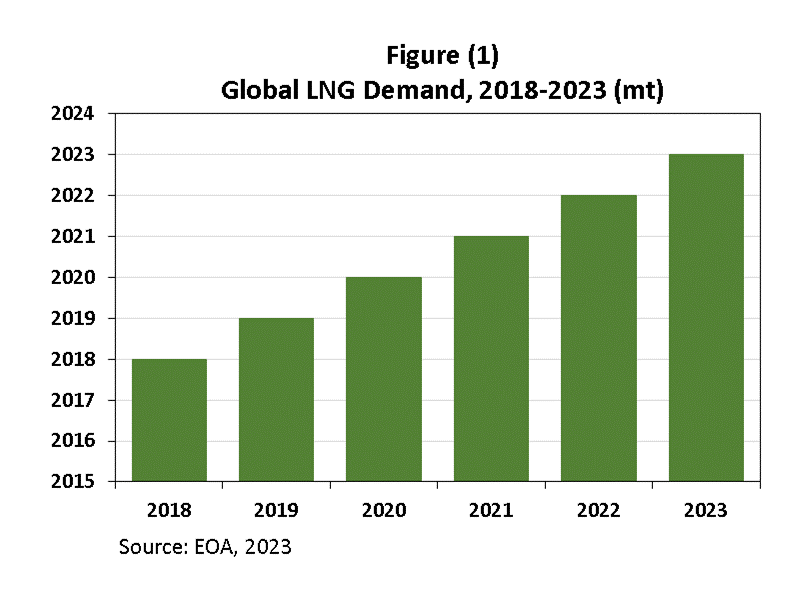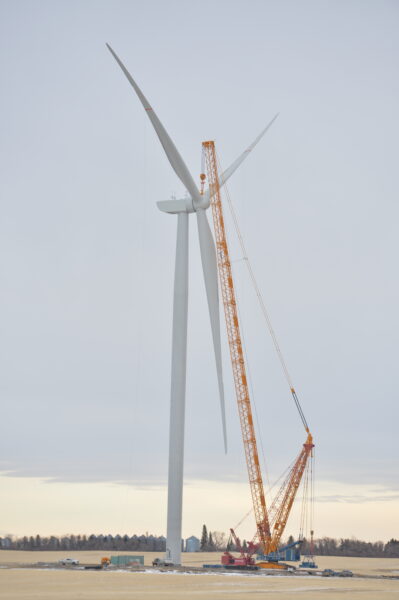
Several commenters on SDA frequently point out if you accept the premise of your opponent’s argument, you’ve already lost. Looks like that’s what the Saskatchewan United Party is saying here.
Saskatchewan United Party calls on Sask Party government to reject Net Zero by 2050 policy. Leader Nadine Wilson says the Sask Party government seeks to shut down coal and natural gas for wind and solar, gets punted from assembly for calling government liars.
NDP calls for break on fuel tax, finance minister says it would be temporary
Wind peters out in Alberta, yet again, on Wednesday
Op-Ed: Kaase Gbakon: A (Hungry?) Tiger in Your Tank: Part 2



 Finding the balance can be tricky. That’s the challenge facing California as it debates a potential revamp of the Low Carbon Fuel Standard.
Finding the balance can be tricky. That’s the challenge facing California as it debates a potential revamp of the Low Carbon Fuel Standard.






 After fueling the 20th century automobile culture that reshaped cities and defined modern travel, gasoline was supposed to begin its long goodbye this year. It didn’t.
After fueling the 20th century automobile culture that reshaped cities and defined modern travel, gasoline was supposed to begin its long goodbye this year. It didn’t.
